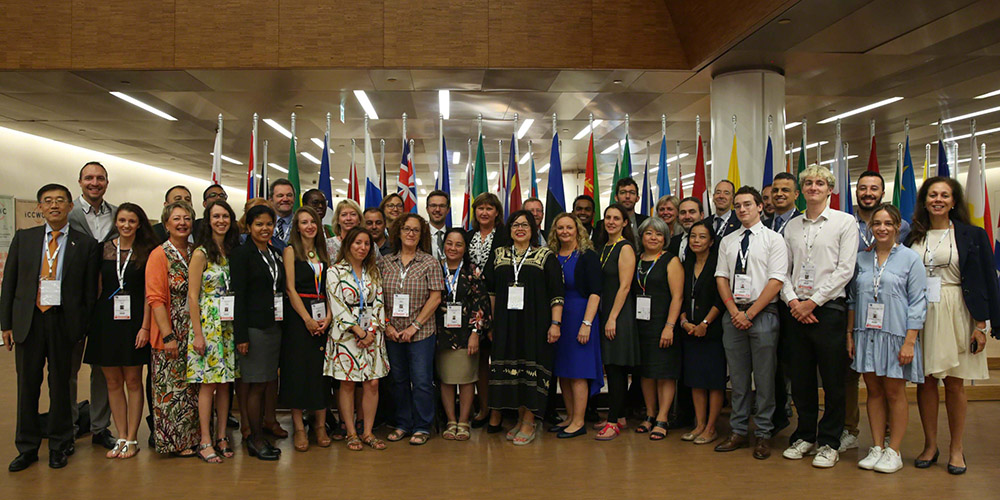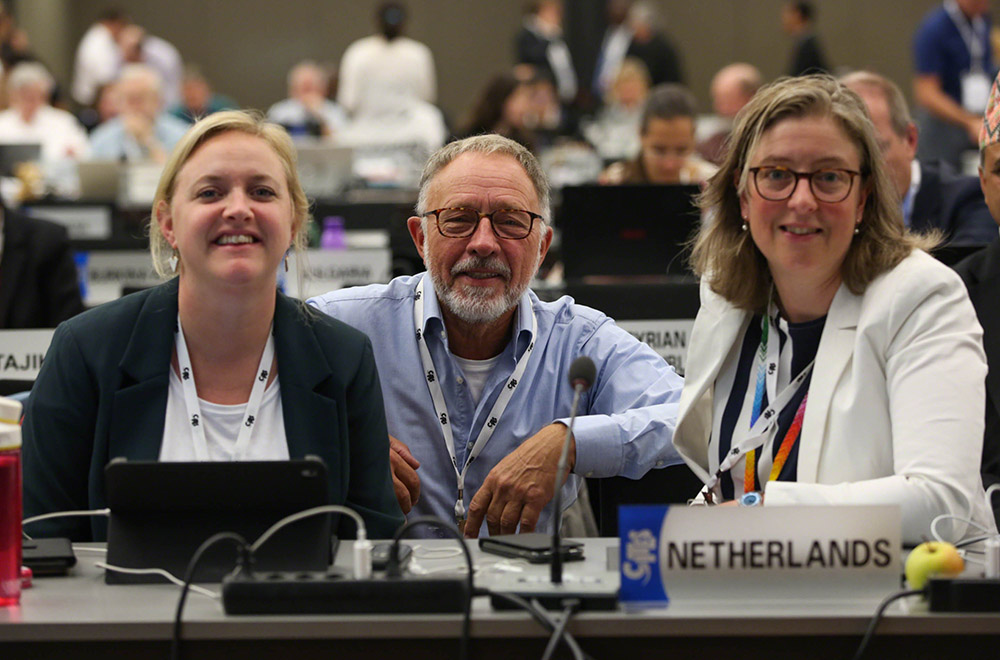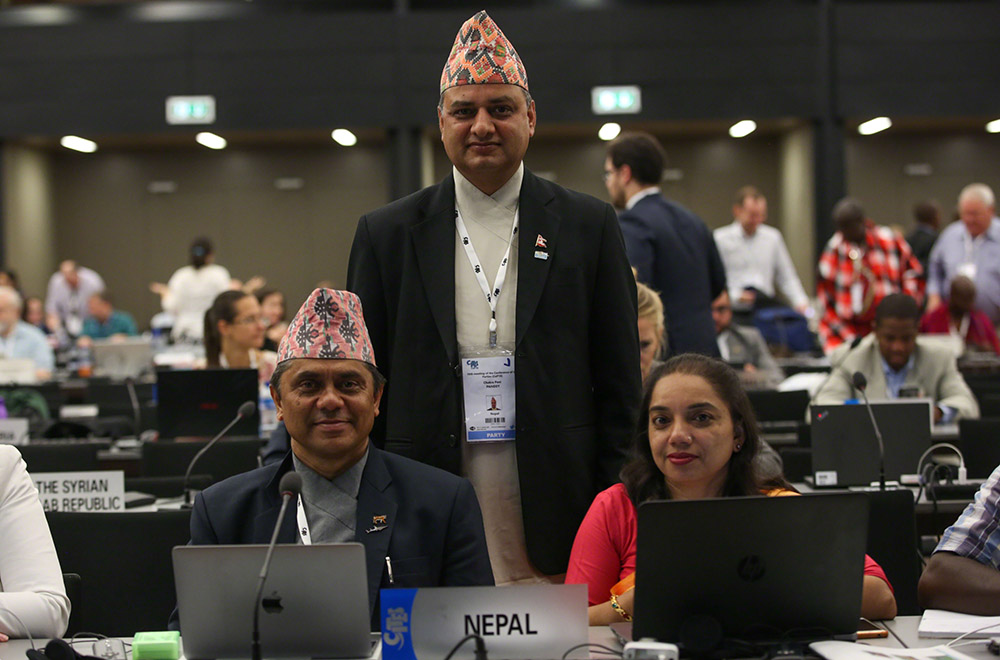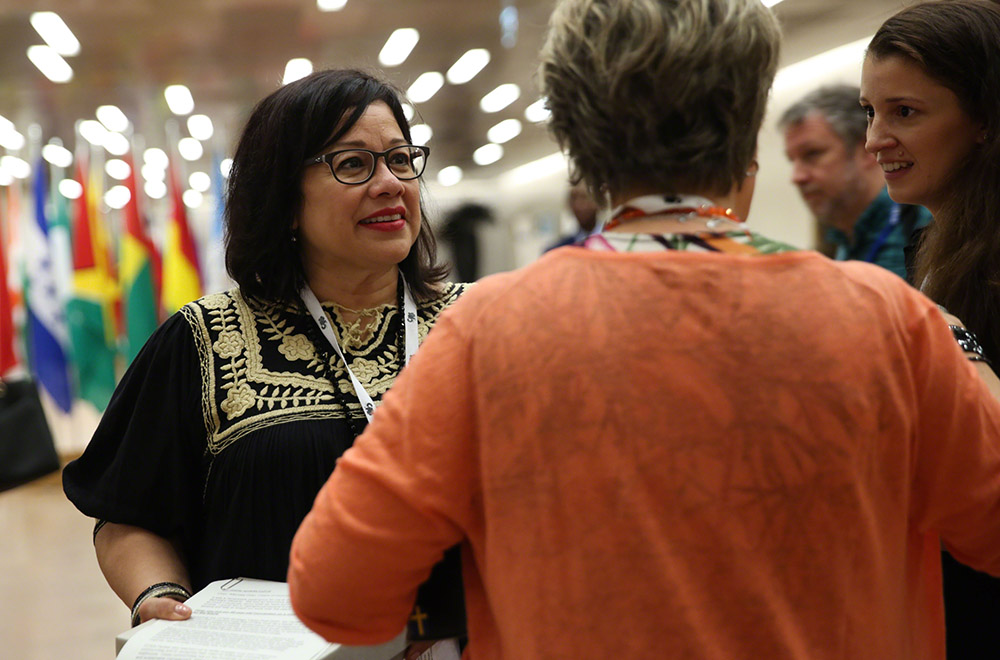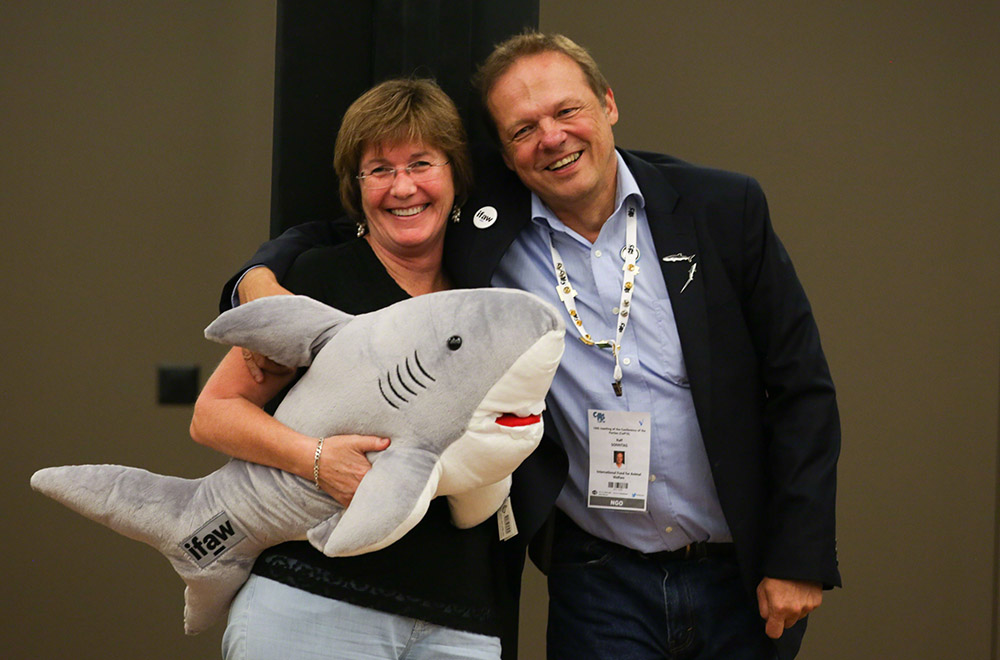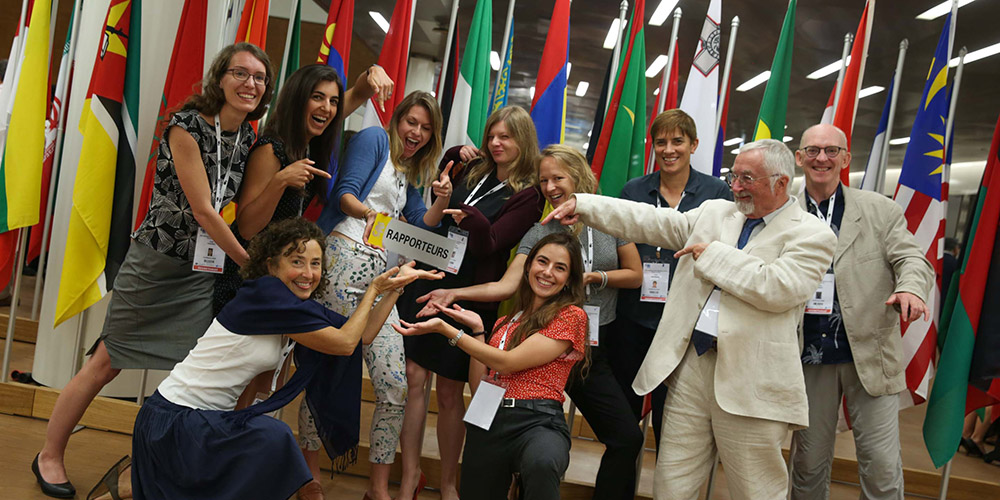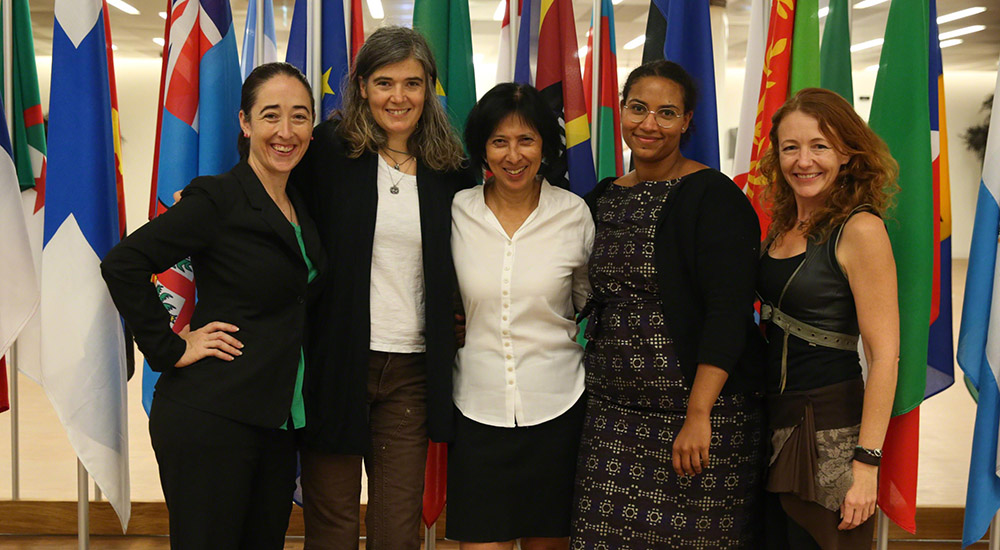Summary
Highlights for Wednesday, 28 August 2019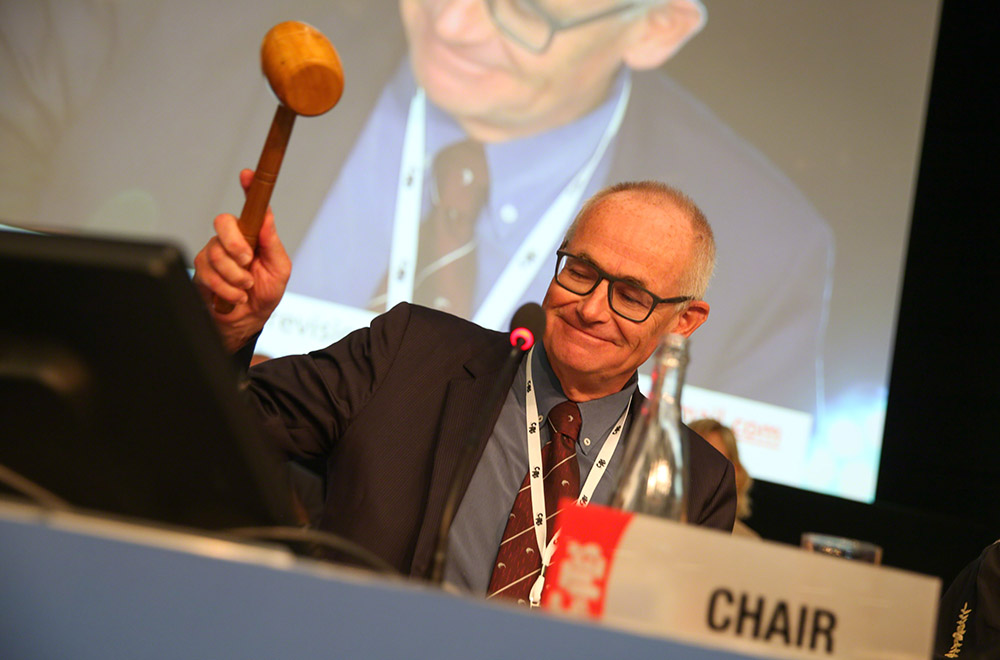
CITES CoP18 delegates reconvened in plenary on Wednesday 28 August 2019 to adopt remaining proposals, including the listing of Mako sharks, wedgefishes, guitarfishes and sea cucumbers (teatfish) on Appendix II, all of which were formally adopted without reopening of debate.In their closing remarks, several observers praised the CoP for its “collegial spirit” and for adopting decisions that will strengthen global wildlife conservation, while others expressed concern that diverging views on conservation and sustainable use had been inadequately reconciled, highlighting the deepening divisions within the African region.Many parties commended CoP18 for its work, and looked forward to playing their respective roles in implementing the new listings. Japan, Tanzania, and several NGOs stressed that listings should be science-based. Tanzania, on behalf of Southern African Development Community (SADC) countries, argued that the Convention is not aligned with other international agreements and is working in contradiction to principles of national sovereignty, inclusive and equitable development, and the rights of local communities living with wildlife to use those resources.Japan noted that appropriate trade in wildlife can contribute to conservation, and urged parties to undertake wildlife conservation and community development in an integrated way to support custodians in range states. He called for CITES to take a holistic approach and cooperate with other biodiversity conventions.China expressed its support for the Convention and its increased prioritization of conservation objectives, noting that his country is “on the road towards eco-civilization.” The EU and US also expressed full support, and the US recalled that CITES was created to ensure that trade does not negatively impact the survival of wild species. Mauritania called for “better listings, not more listings.”Secretary-General Higuero closed by highlighting accomplishments from CoP18, noting that “this 45-year-old Convention is now on a stronger path” with the collaborative work on the CITES Strategic Vision, to ensure CITES is a leader in transformative change into the future and that it aligns with the 2030 Agenda on sustainable development. She noted the collaborative discussion from over 100 parties about how CITES might better engage indigenous peoples and local communities, and ensure they benefit from trade and conservation, as CITES will struggle to succeed without them. She drew attention to CITES’ increased capacity to fight illegal trade in wildlife, especially as a lot of this trade moves online, noting, as highlights, the strengthened enforcement through International Consortium for Combating Wildlife Crime (ICCWC), and the newly created Big Cats task force.Higuero said that Appendix II listings show that parties increasingly rely on the Convention as “a vital safety net”, most notably for marine and timber species. She reminded the CoP that reptiles, birds, and smaller animals are vital for the survival of life on earth and need just as much attention from the Convention as megafauna.In closing, Higuero noted that CITES provides a space for common goals towards sustainable development and the longtime survival of the world’s endangered species.Chair Jemmi hailed the achievements of parties, noting that in most cases the decisions were agreed by consensus. He thanked all participants for their passion and commitment and closed the Conference at 11:30 am.Please return to this site on Saturday, 31 August for the ENB summary and analysis report.
IISD Reporting Services, through its ENB Meeting Coverage, provided daily web coverage and a summary and analysis report from CITES CoP18.
Photos by IISD/ENB | Kiara Worth
For photo reprint permissions, please follow instructions at our Attribution Regulations for Meeting Photo Usage Page.
Closing Plenary
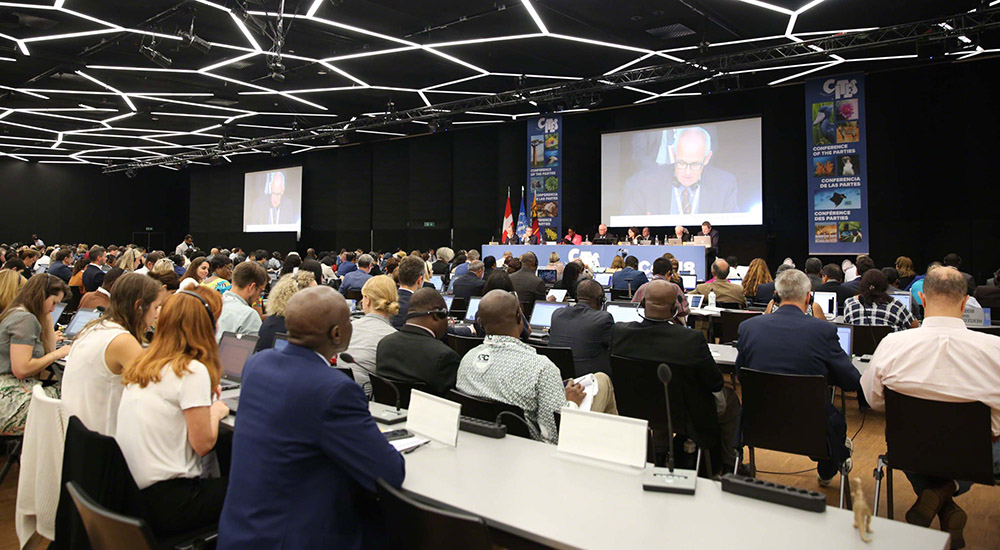
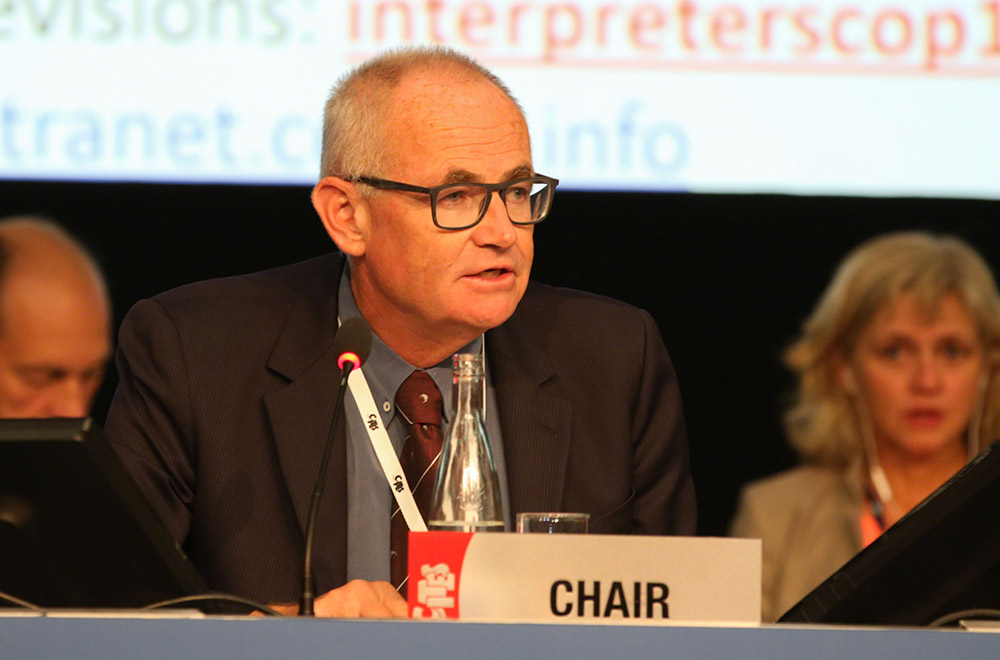
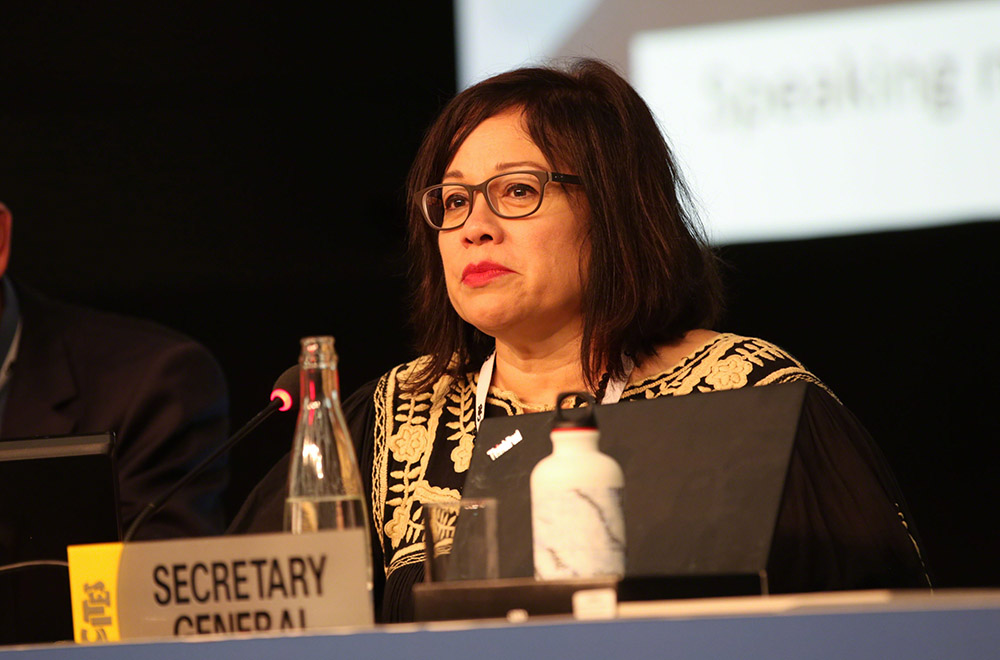
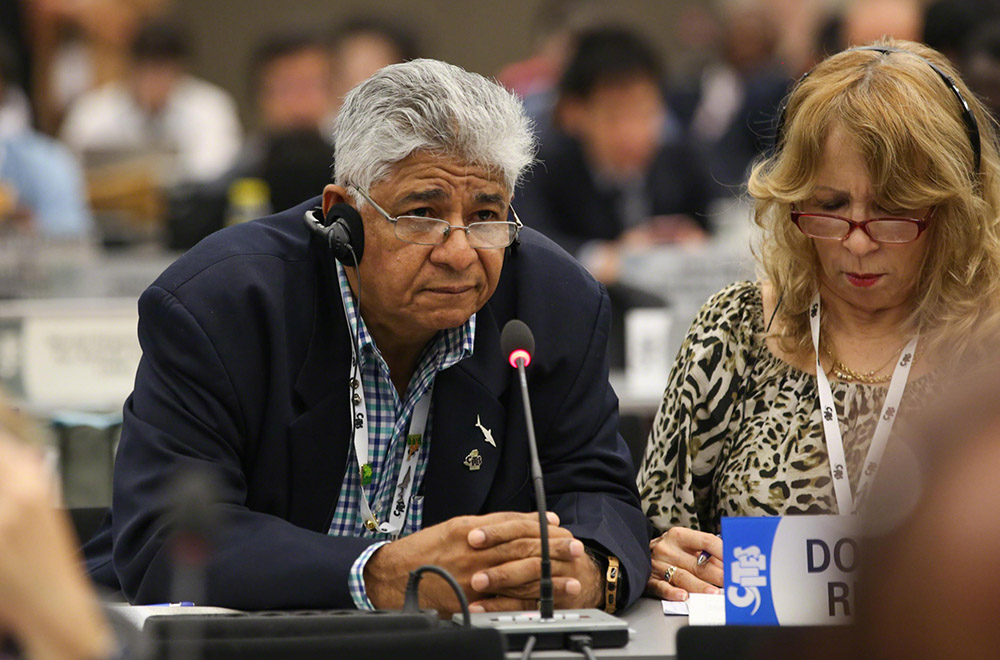
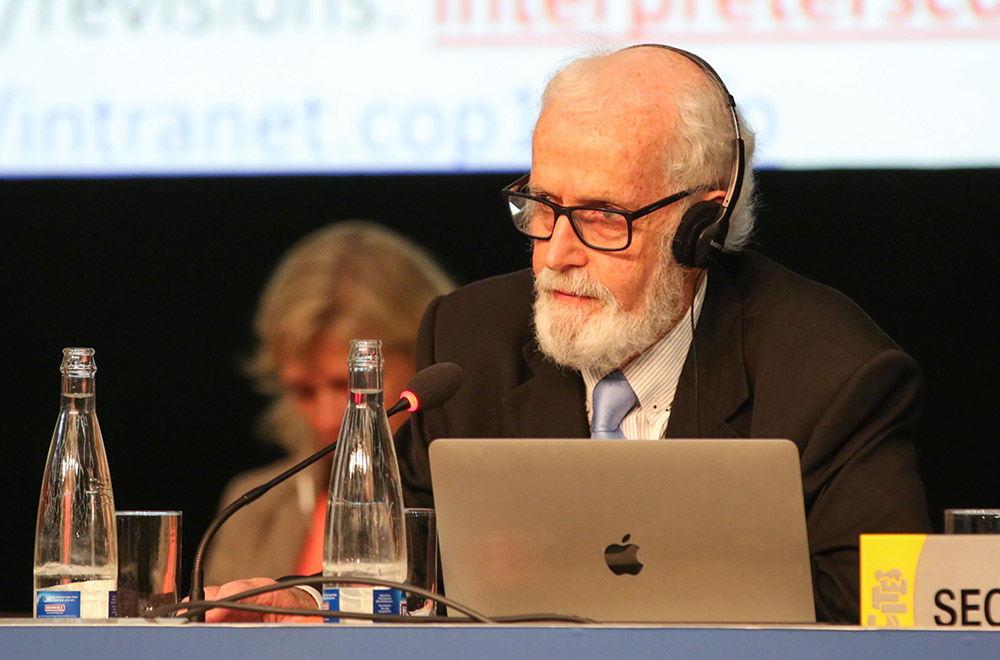
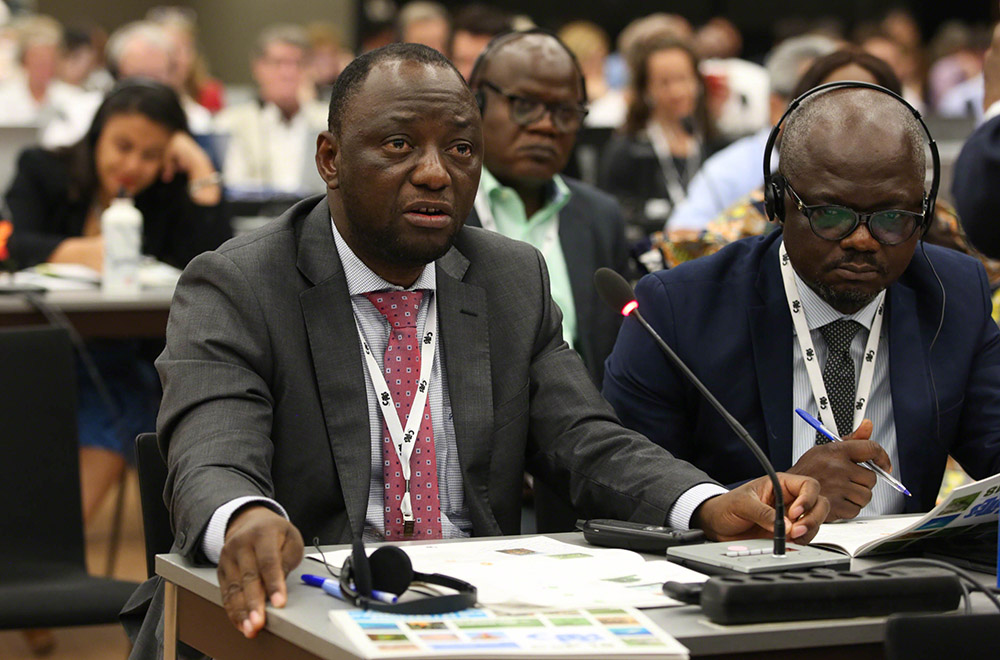
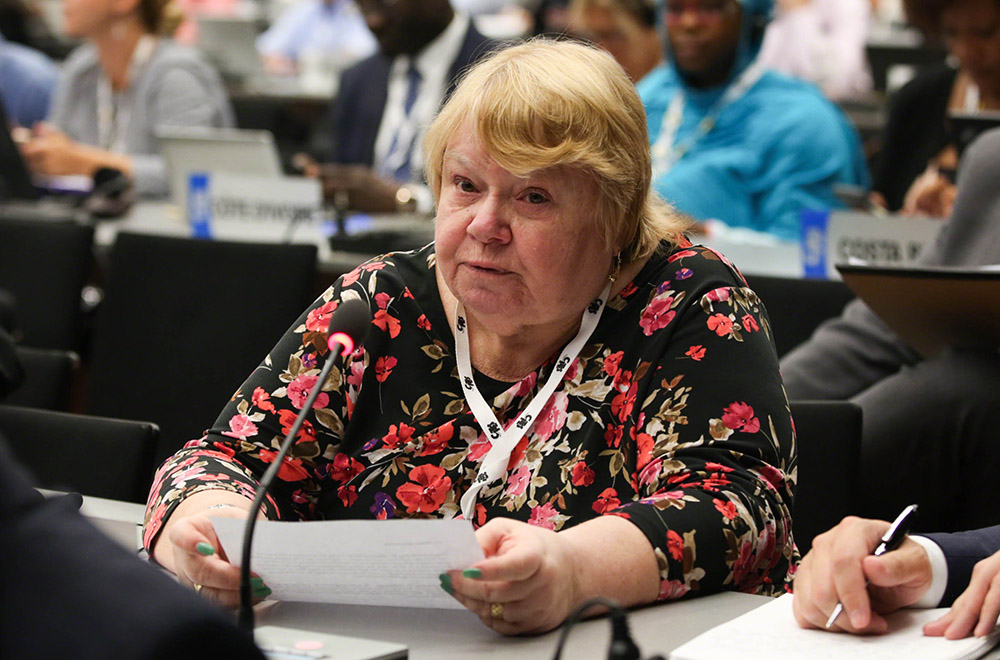
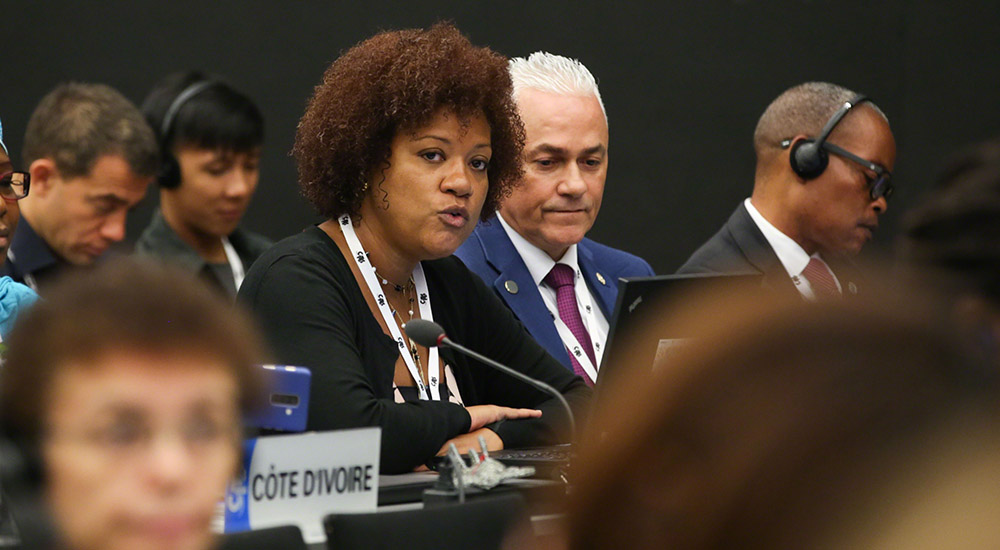
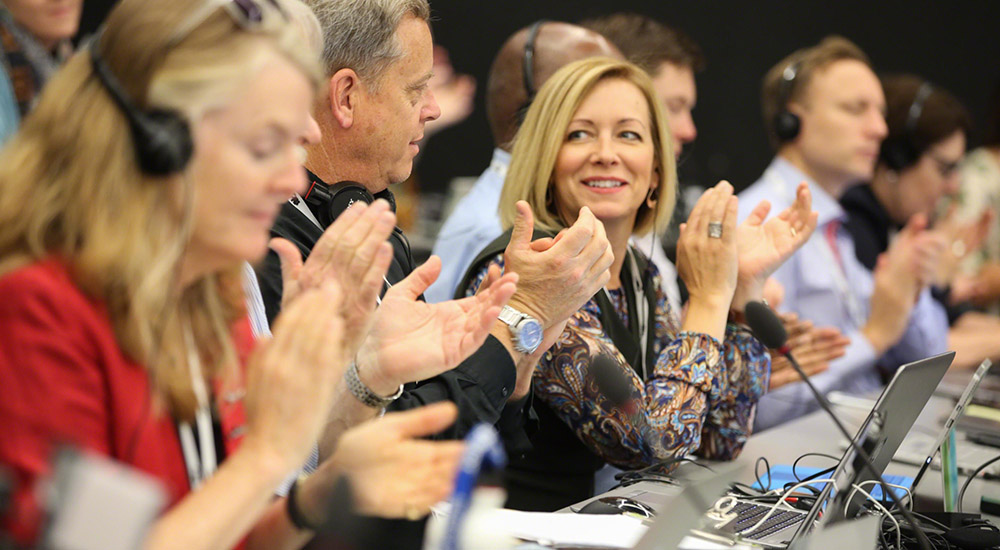
Closing Statements
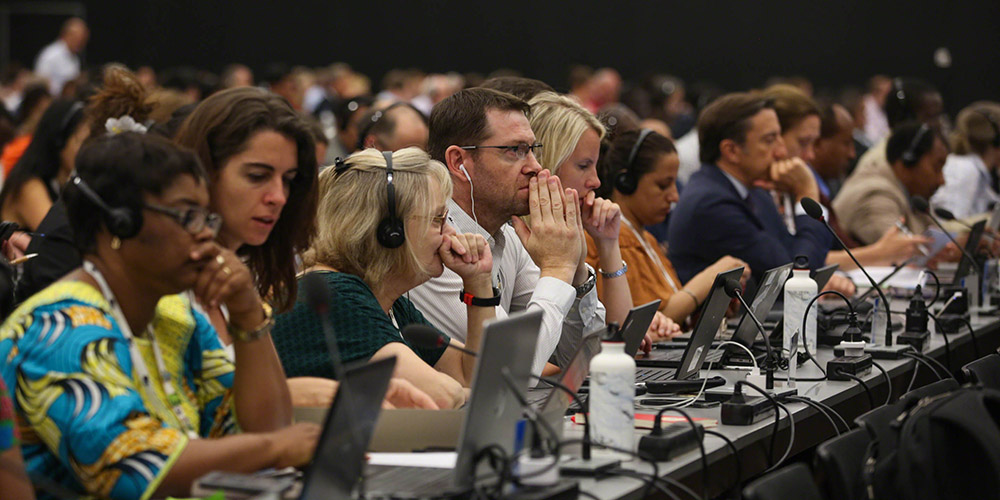
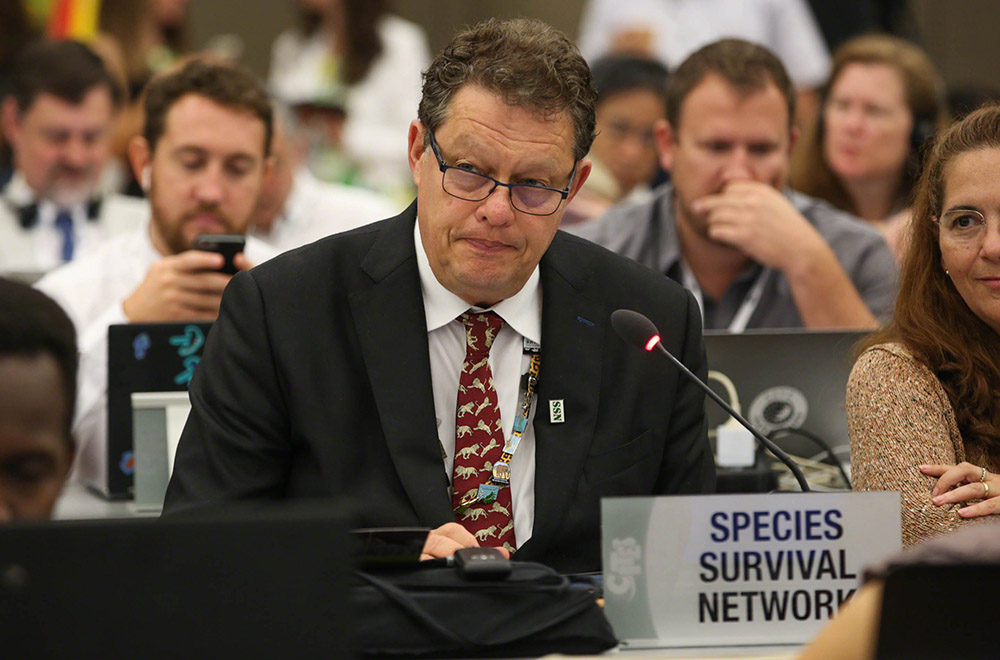
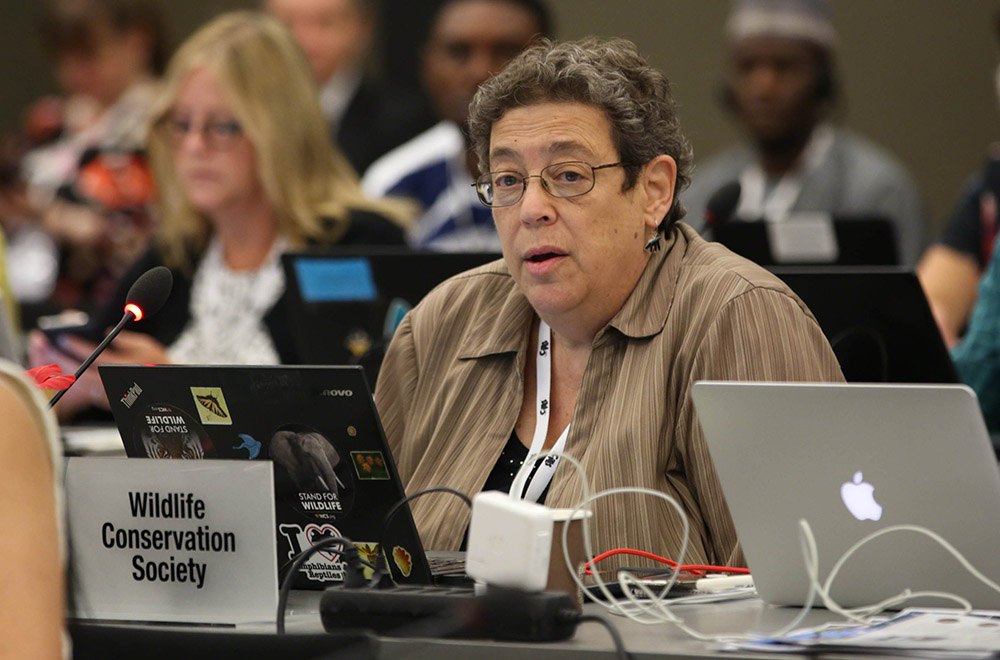
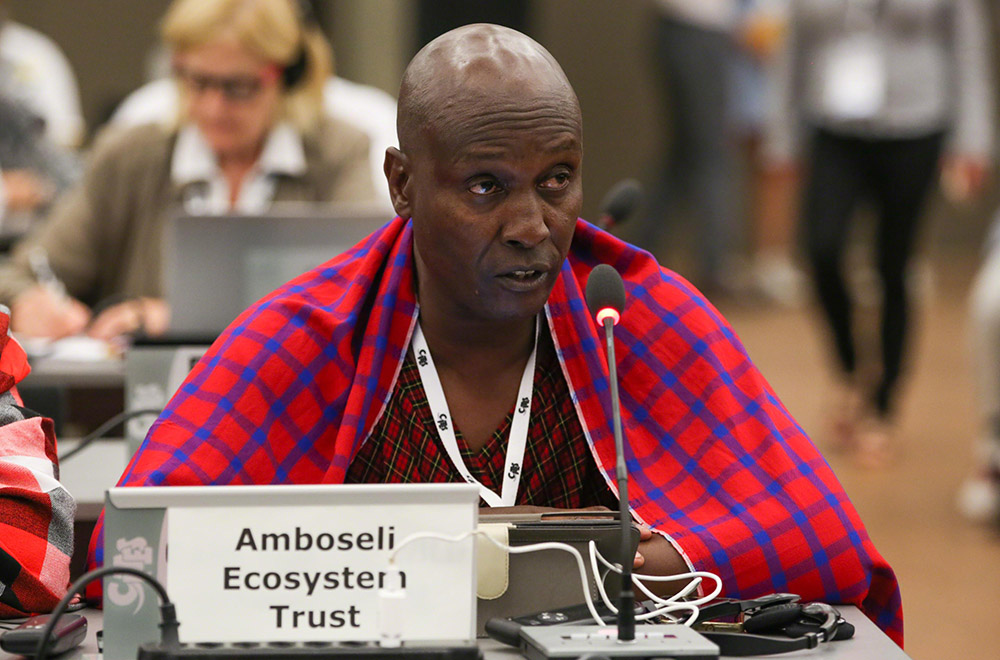
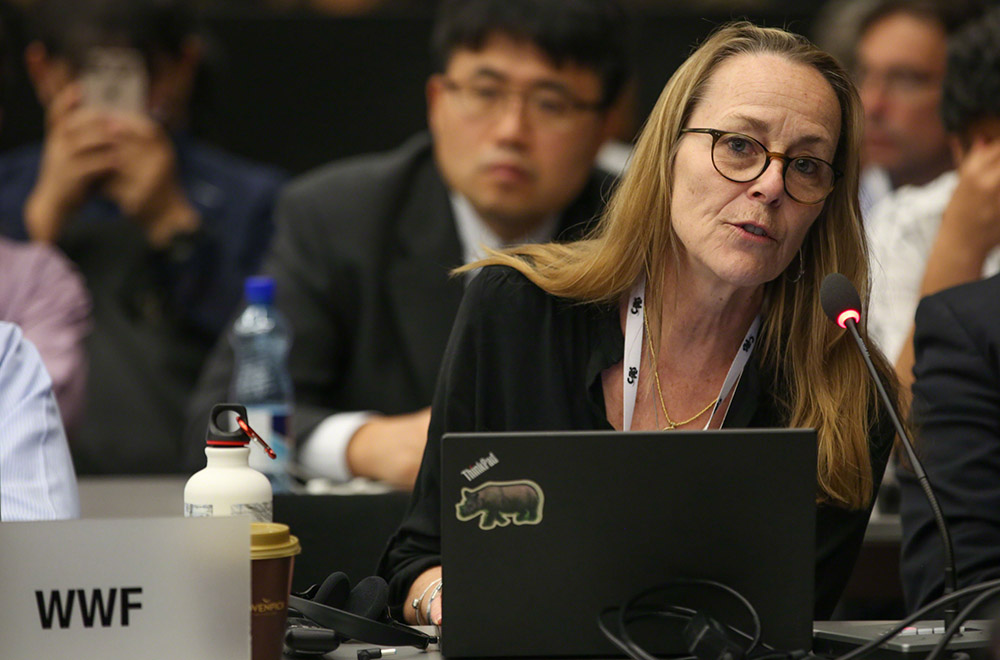
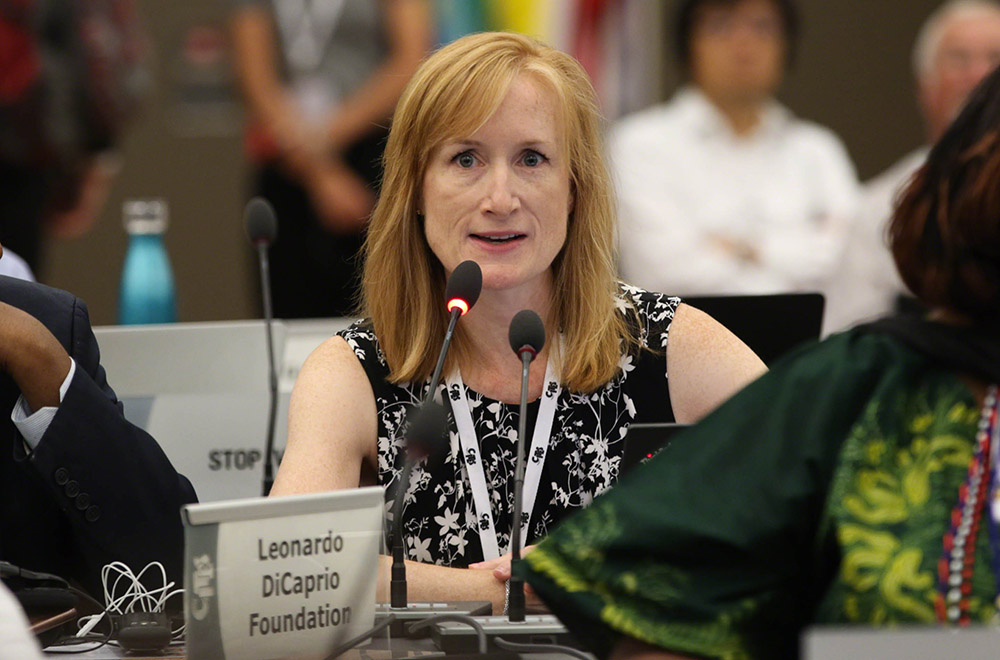
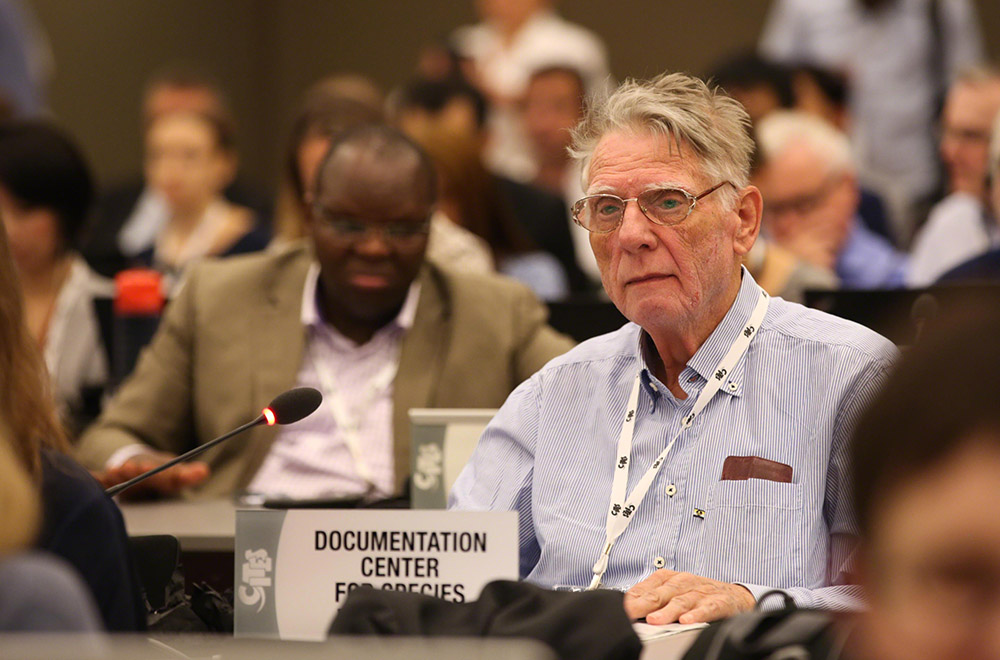

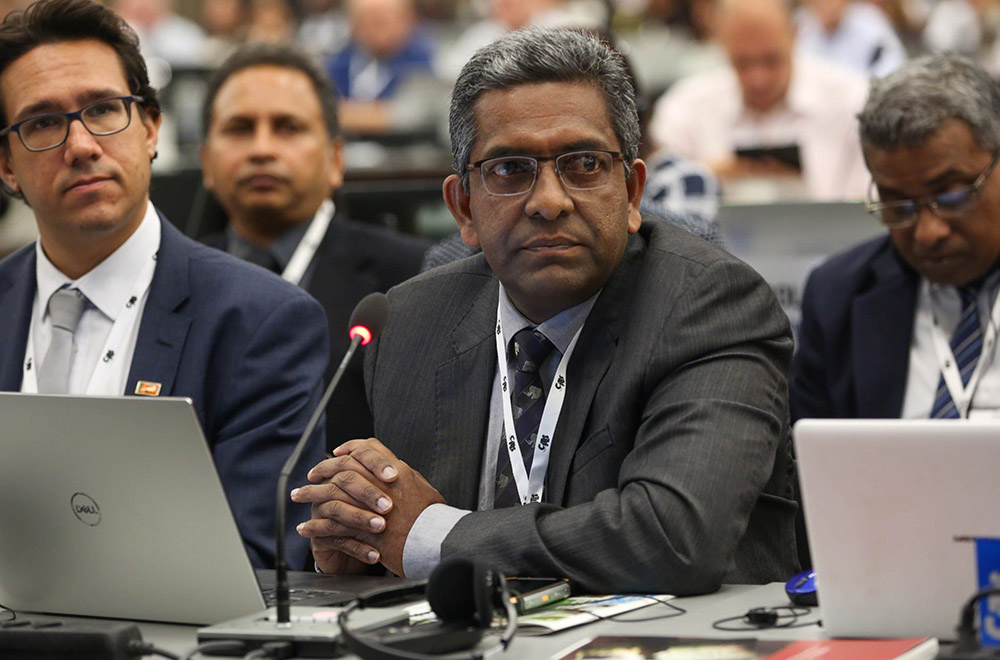
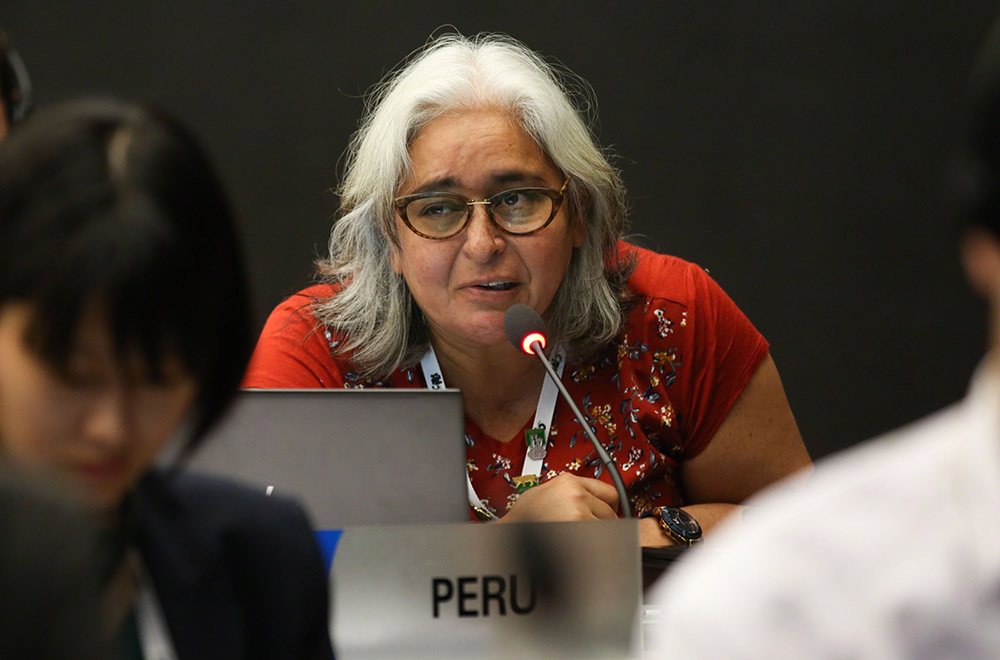

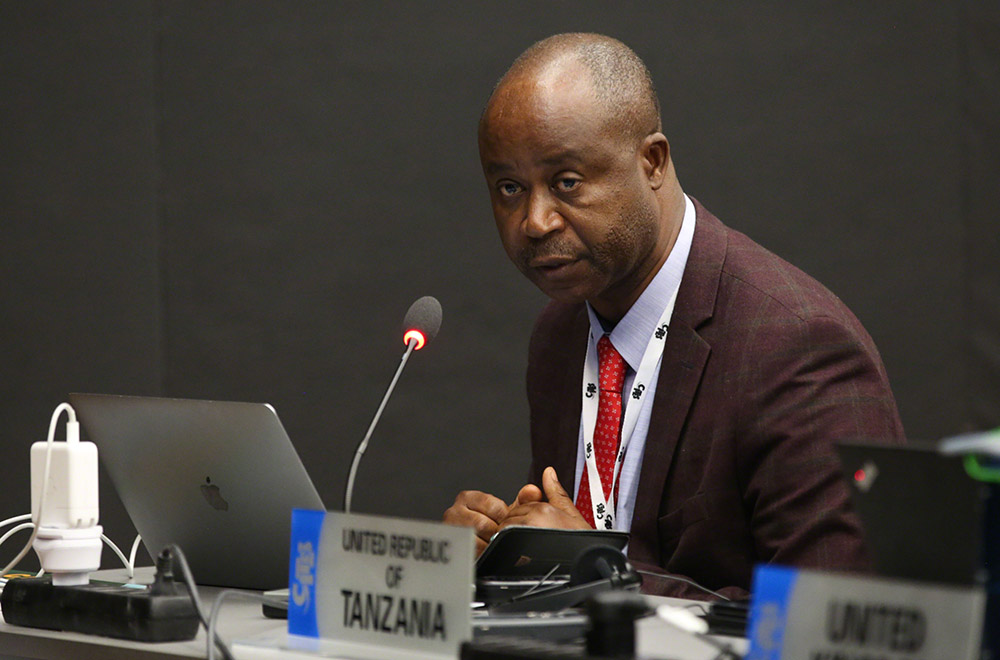
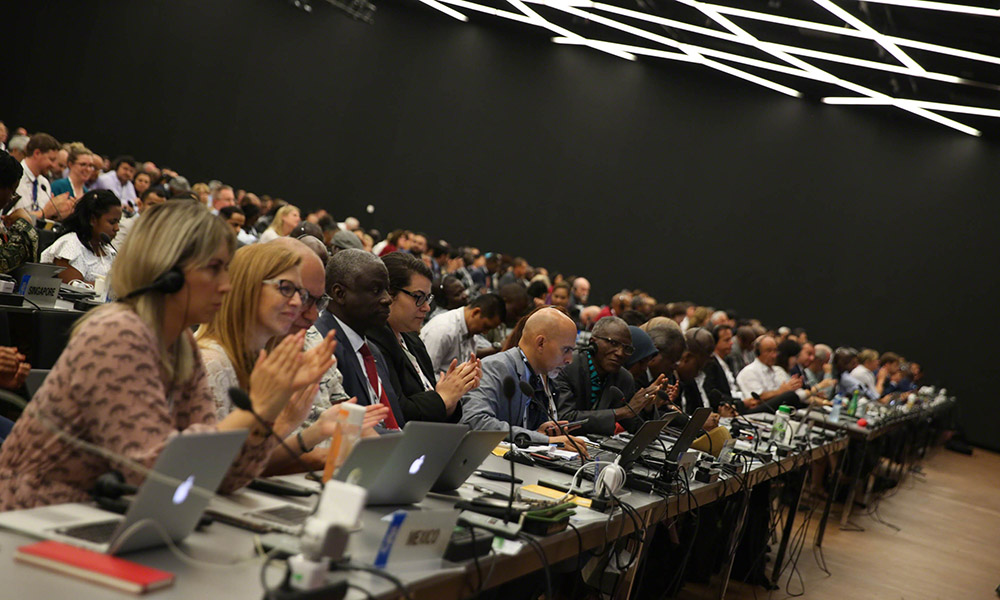
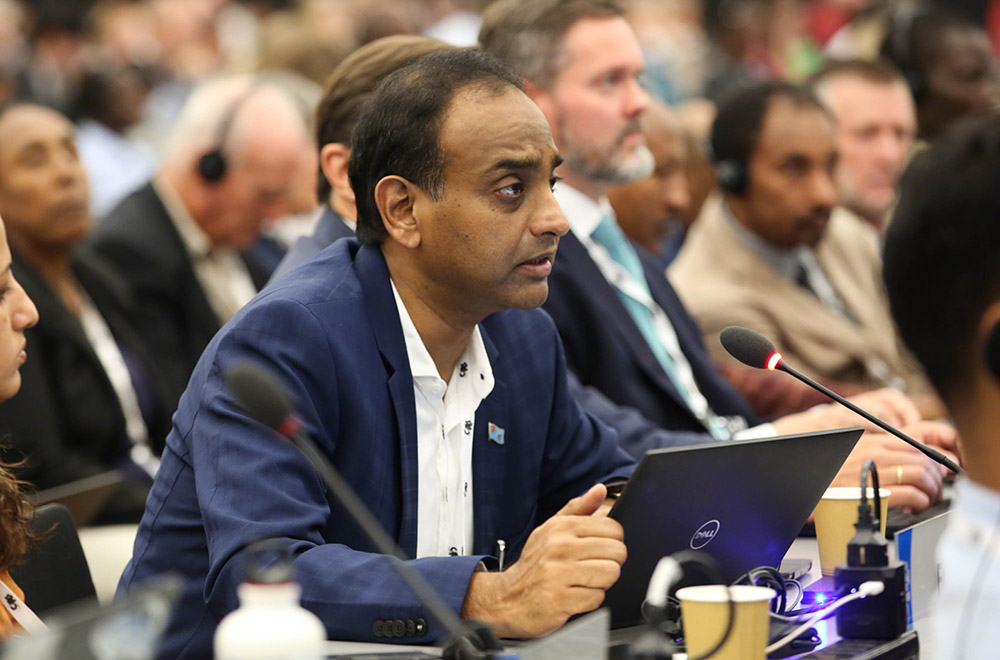

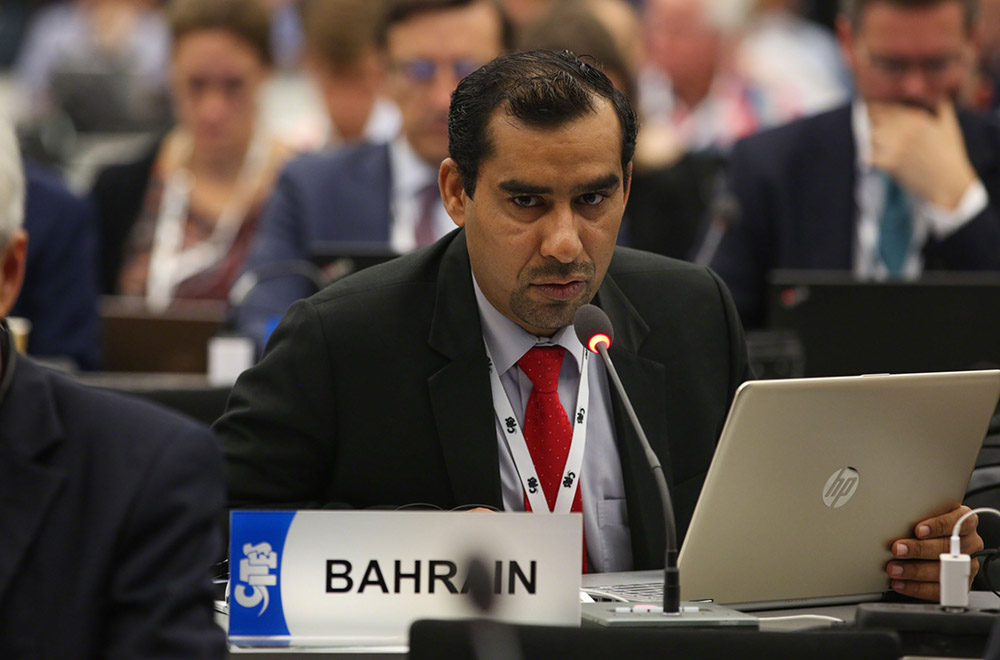
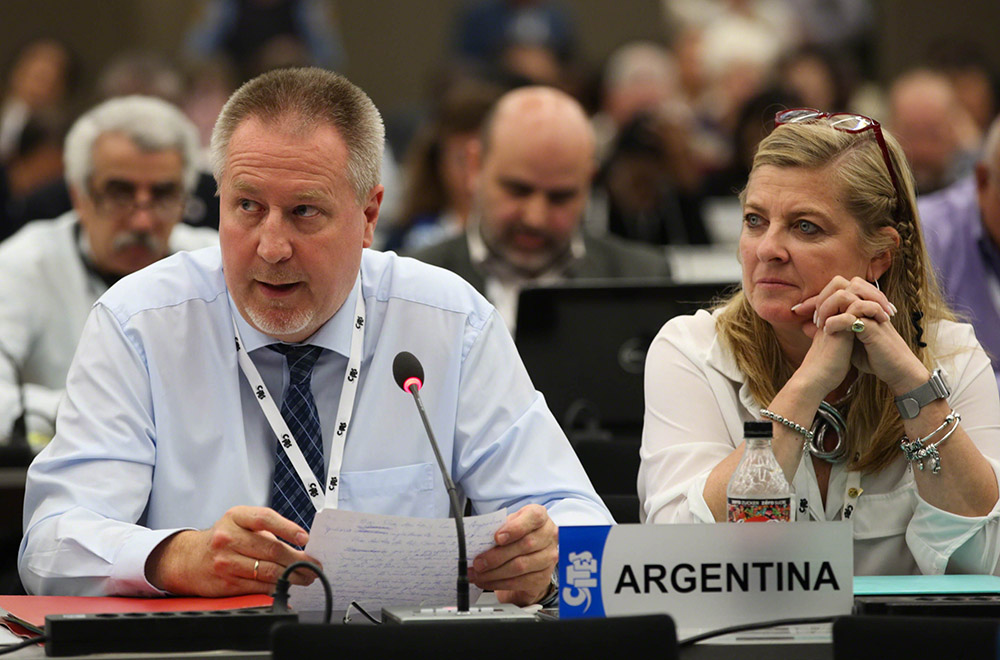

Around the Venue
